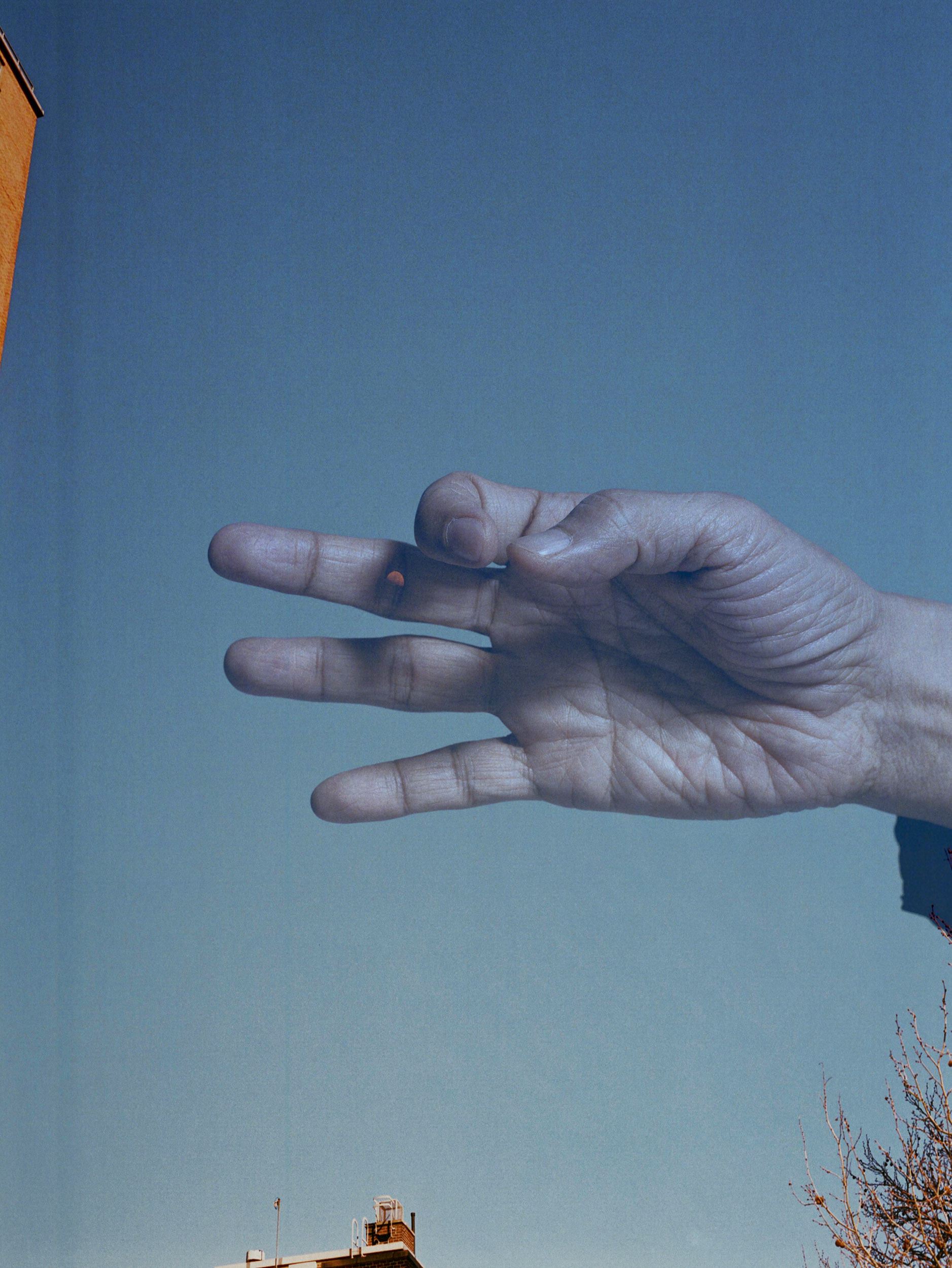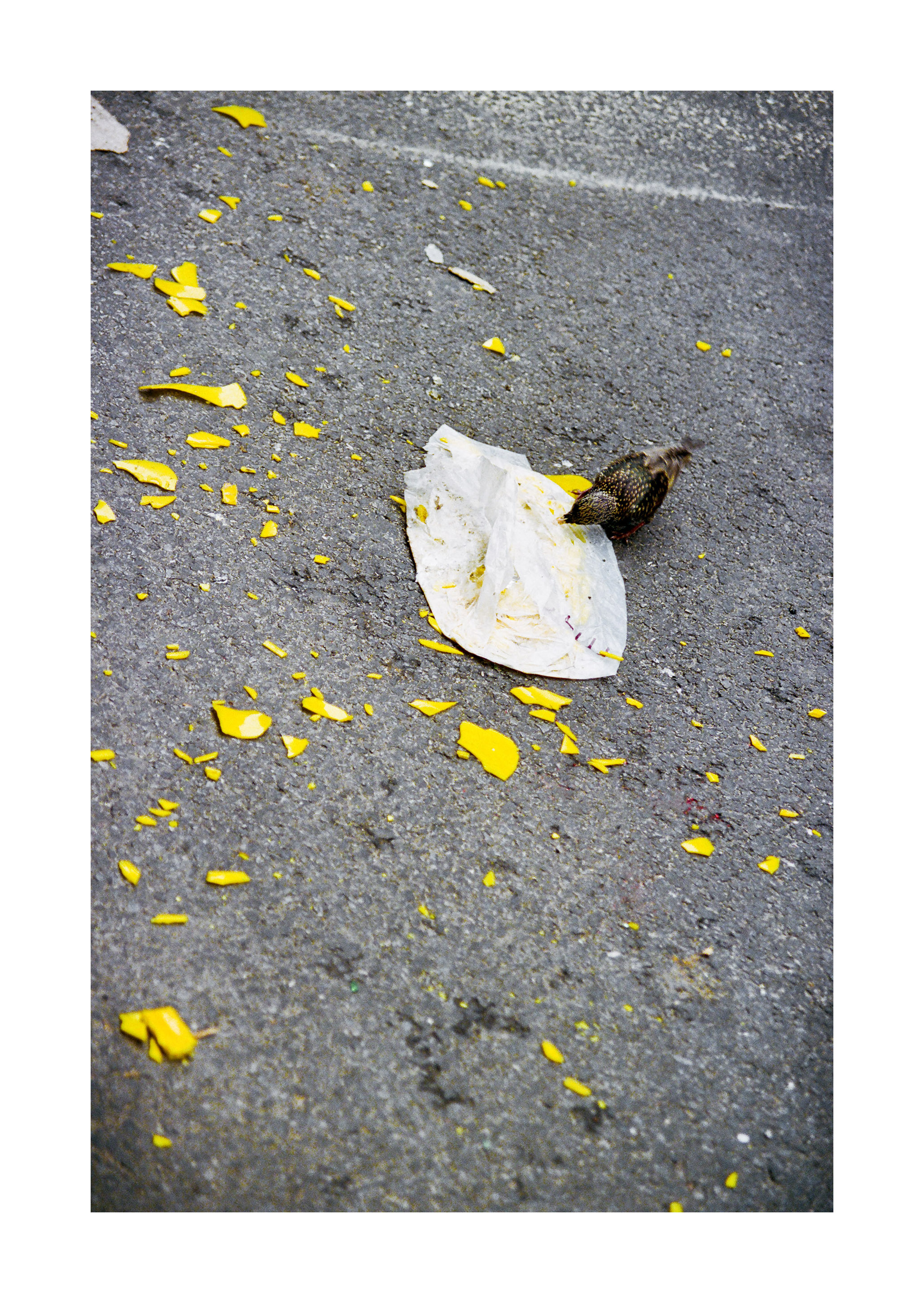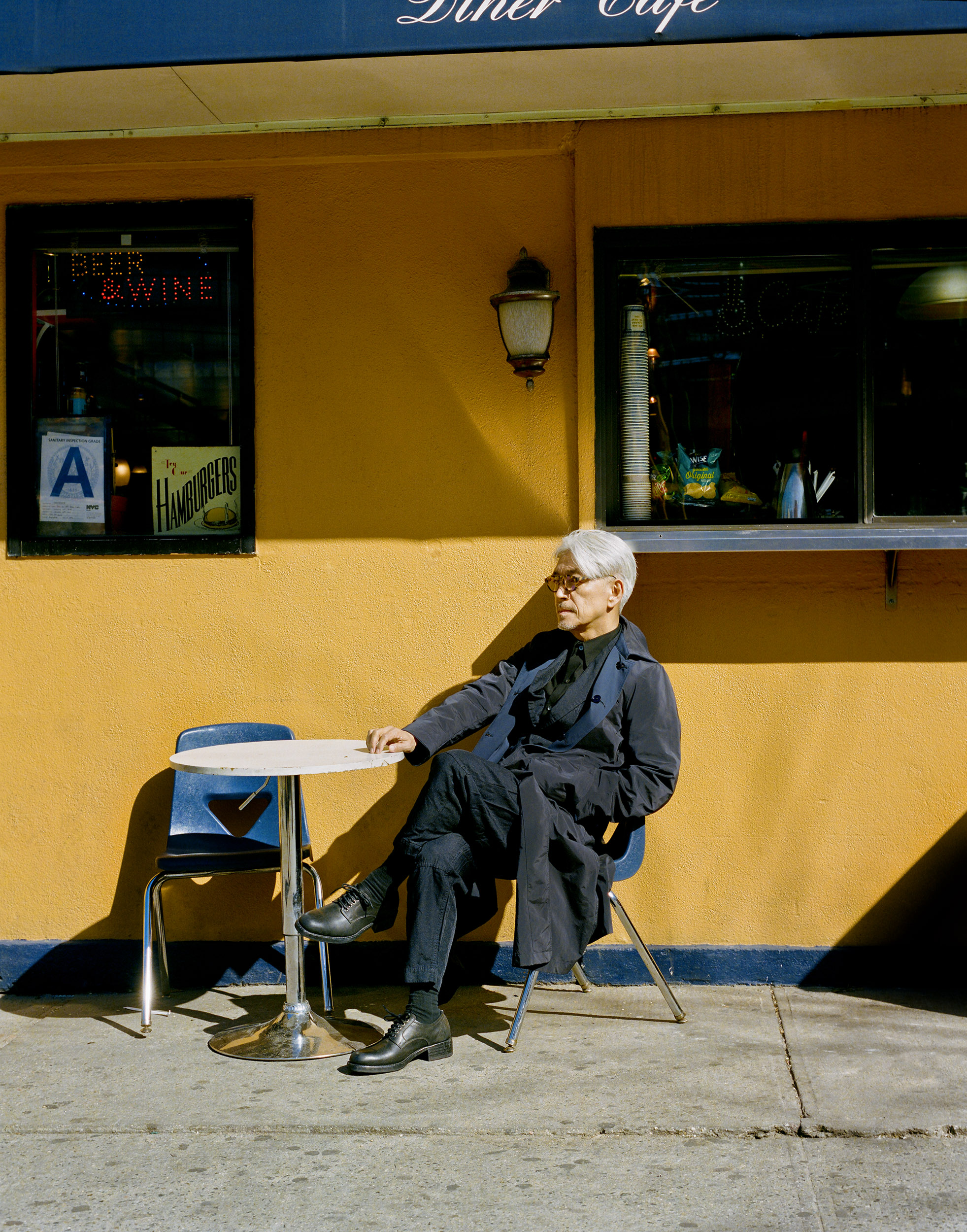Vol.19 ARCHIVE - Ryuichi Sakamoto
A Conversation with Ryuichi Sakamoto
The career of legendary Japanese musician and composer Ryuichi Sakamoto began in the ’80s with YMO. He has since left footsteps on virtually every corner of music, from classical to experimental.
Now, following a battle with throat cancer in 2014 that led to a six-month hiatus from music, Sakamoto is well and truly back. His score for Alejandro G. Iñárritu’s The Revenant in 2015 received critical acclaim, and last year, he released ‘async’ – his first full-length solo album in eight years.
We sat down with the man himself to talk about where he is in both music and in life.
Now that your long-awaited album has gone out to the world, what is next?
In the past, after an album release, I tended to wait until I'd feel like doing something new. I’d work on soundtracks or produce other people’s work, or just get into other things and let time pass. By the time I was ready to start working on a new project, my interests would have shifted and I'd approach it with new things in mind. I can’t say that it won’t happen this time, but the difference is that I am trying to hold on to what I tried with async – which was quite important to me – pursuing how I could be on the path of continuation or development.
Since I released the album about a year ago, I have played 8 to 10 shows. That process has been trial and error, trying to figure out how to breath life into what I made in the studio. So, this time around, the project is still in development and continuation, both consciously and subconsciously, I think.
In what direction is it going?
Abstractly speaking, it is experimenting with the concepts of time and space. One of the themes for async was to make asynchronous music. That is still in progress. I am interested in the spatial aspect of sound and music – how sound exists in a space. These are two inseparable things, as music has to do with sounds that objects make. An object always exists in some space and when it touches something, it produces a sound wave and reaches human ears, which is how a sound becomes a material for music. I am attempting to turn this thinking into the actual sound.
So your next project would be an album with that concept?
I am trying to make an opera – something that is different from what people know as opera. About 20 years ago, in 1999, I worked on an opera called LIFE with Shiro Takatani as a visual director. For the next one, I am picturing a hybrid of installation and performance. Something theatrical, but not in a way of classic theatre, more where it has sounds, imagery, lights and shadows, and the space is versatile. It will be a multimedia piece. My idea is still vague, but I am using my shows as an experiment, thinking about how performers can move, how to ring sounds, how to move them, how to stage lights and so on. What I am doing now is a stepping-stone between async and the opera, but something completely different from what we did 20 years ago. Nothing has been set yet, but I want to show something in 2020. Currently, I am brainstorming with Shiro Takatani on a daily basis.
The documentary ‘Ryuichi Sakamoto; coda’ recently premiered. Though this isn’t your own work, how does it feel to see that period of your life on screen?
The director (Stephen Nomura Schible) came to me in 2012 when I felt there were signs of change after the earthquake, tsunami and nuclear accident in Fukushima. In the last 40 years, Japanese people rarely took it to the street to express their grievances. There have been small-scale protests, but nothing like that level. Then after the earthquake, thousands of people came out which made me feel hopeful. I thought, maybe Japan too could change. That was why I thought it would be good to let him document special moments in Japan through me. But the momentum dissipated fairly quickly.
As the director kept shooting my life and music, I was diagnosed with cancer, which changed the topic from the natural disaster in Japan to my own health crisis, my treatment, going back to work and the production of async. There was no advanced planning and the documentary is what ended up being. I didn’t do much and I just kept doing what I was doing. The only request I had was not to make anything excessively emotional or dramatic. A lot of creatives tend to make retrospective legacy type of documentaries and I really didn’t want to do that.
You make your own music, collaborate with other musicians and make soundtracks for movies. How do you pick and chose what you get involved with?
The most important thing for me is spontaneity, whether it is about music, thinking or the way of living. I do what I feel like. I might go to a show at an invitation from a friend, see someone’s work, talk to the person after the show and that might lead to a collaboration. Carsten Nicolai [Alva Noto, who Sakamoto collaborates with] was one of these instances. If I didn’t go to the show that night, I wouldn’t have met him. And that is pretty typical in my life. I act impromptu and there is not much precision. I act on ideas and impulses often.
Those you collaborate with come from wildly different backgrounds. You work with both established and emerging talents.
In the world of music, I really don’t think there should be hierarchy. It doesn’t exist in the western world, but it is still pervasive in Asia. Even when I was young, I was quite sassy and I never acted accordingly to hierarchy. I was the youngest in YMO and had the biggest attitude. I’m older now, but I want to communicate with younger generations just like I deal with others.
Did the cancer hiatus change the way you think?
When I got sick, I thought about the fact that I hadn’t made a solo album for many years. My last album was released eight years ago. The pace has been almost one album per decade. At that pace, I might be dead by the time I come around to the next one. So it made me realise I shouldn’t be doing unnecessary things, and that I needed to focus on what I really want to do. But when I think about what I want to do, I don’t let theories and reasons get in the way of what I like. It just comes down to whether I want to do it or not.
I am really grateful for the fact that I got sick. It made me realise a lot of things. One fundamental change in my thinking was that natural disasters and sickness are both parts of the natural process. Our bodies are 100% naturally made. The process of humans is to be born, live and eventually die – and there is no changing that.
When the earthquake and subsequent tsunami happened, I reflected on my way of thinking. Over the 20 years or so before, I had been thinking and preaching about what the environment is, how to preserve nature, what makes your health and bodies. But when these disasters happened, I realised how I didn’t understand nature. I had been learning about all these things like macrobiotic, veganism, chiropractic, but I still had cancer. I really didn’t understand anything. It caught me off guard because I somehow thought it couldn’t happen to me. That was a huge mistake and despite all the efforts you make, you still get sick when you do. You getting sick is a part of the natural process. You can get sick from all these different reasons like stress, unconscious eating, the oxidation of your body, electromagnetic rays, radiation, chemical imbalance… but the biggest thing is actually living itself. If you are living, your cells can turn into cancer cells and that could happen to anybody. I learned that with my own body. What I came away with was the conclusion that whatever humans think and do are different from the reasons of nature.
When you are as prolific as you are, people have their favourites and expectations.
I realize I betray people’s expectations. Recently, I played six consecutive shows in France. People might have expected me to play tunes that I am known for, but I played abstract tunes and that might have disappointed some. But it isn’t important for me to play along with expectations. I just want to do what I want to do.
What do you think of fashion? You seem somewhat uninterested.
I don’t have much interest in clothes, but I have my own leanings and likes. For instance, the T-shirts Steve McQueen was wearing in The Great Escape caught my eyes, especially how they had a tear. Or the workwear worn by Alberto Giacometti in a photo I saw. He must have worn it for decades. I always preferred worn out looks to clean, made up looks. Giacometti’s workwear was so worn out that it almost looked deformed.
You wore some pretty exaggerated styles during your time with YMO…
Back then, I was just wearing what Yukihiro Takahashi was telling us to wear. I didn’t know enough about fashion to oppose and I was wearing what I was given. But I oppose the idea of making yourself look good with clothes. In general, I dislike those who use cloths, watches or any possessions like cars to make themselves look better. I prefer not to stand out. I want my style to be muted. You can’t put a price on the jacket Giacometti wore. The flipside of that is that I don’t think expensive things equal good things.
Your mother was a hat designer. Do you think she influenced your style?
Maybe a little. There were magazines, like Vogue, where beautiful women were on the cover. I enjoyed looking at them. I also like the women who Edouard Manet painted, and I used to do sketches. These things might have affected how I see fashion and clothes. My ideal look is that of a man painted by Paul Cézanne, sitting by the wooden desk with a pipe resting on his mouth. I would love to dress like that.
You spend a lot of time in Japan, but would you still consider New York to be your base?
Maybe because I am older or because I had cancer, the relationship between my body and the land became stronger. I used to travel so much to the point where I was almost living on planes. Now I try not to leave so much. I did my treatment in New York because it felt like my body was attached to this place. A part of me feels like I have done what I could do here. I don’t have any plans to move, but there is a sense of unease. I know I don’t have a tonne of time either, and that I shouldn’t be as spontaneous as I have been in the past. I should focus on the continuation and development of async.
Writer _ Yumiko Sakuma
Photography _ Jiro Konami













